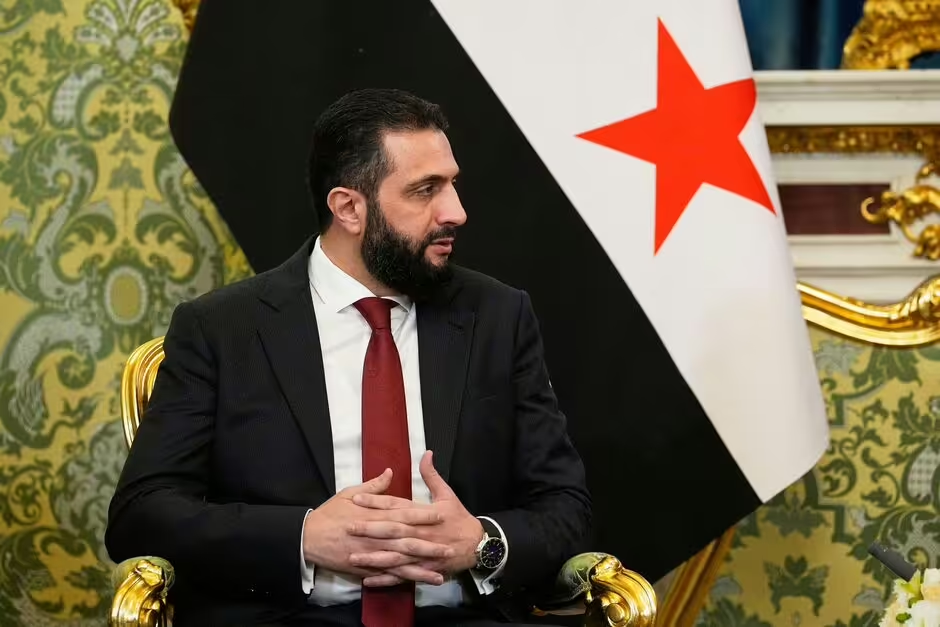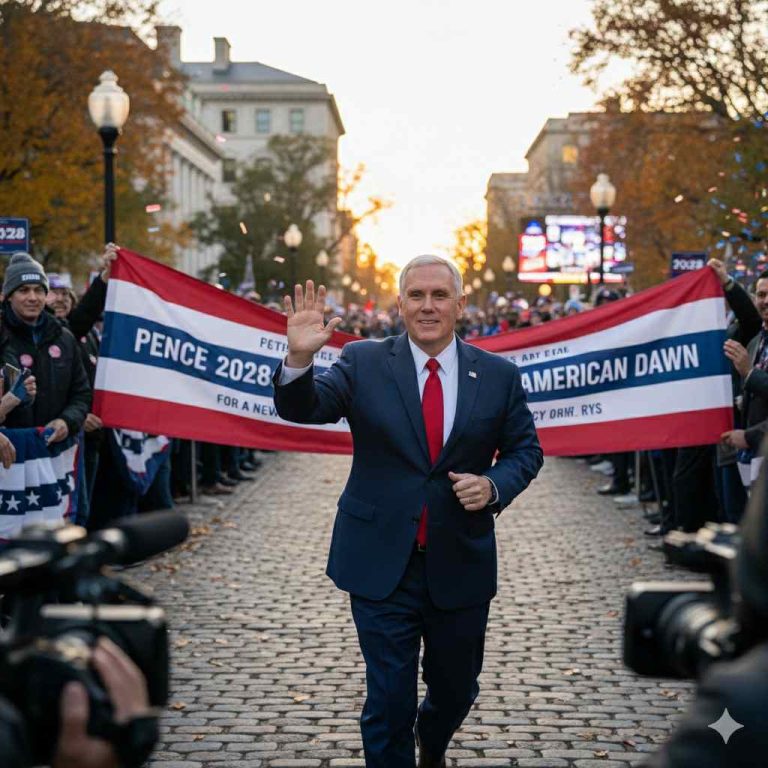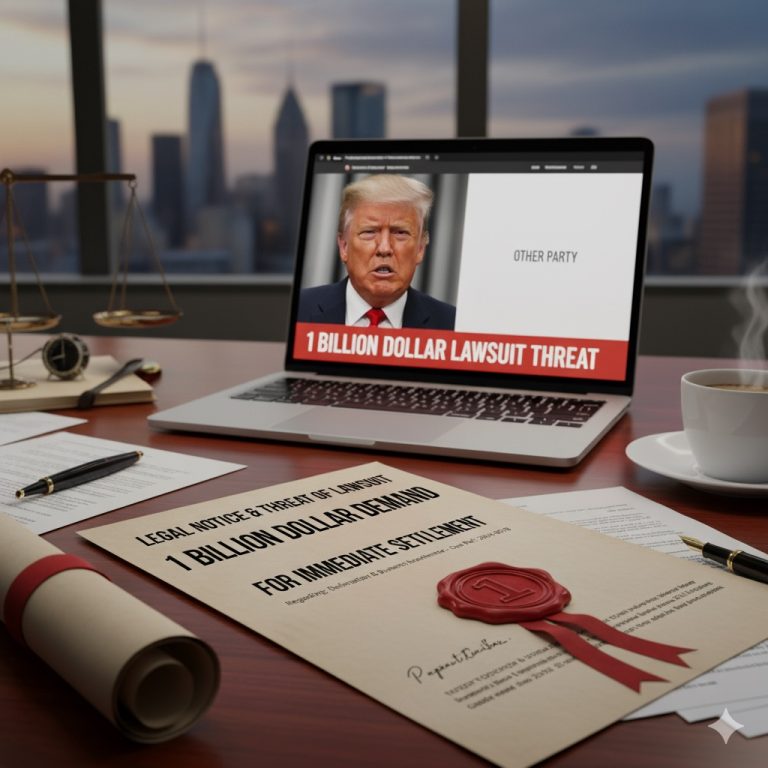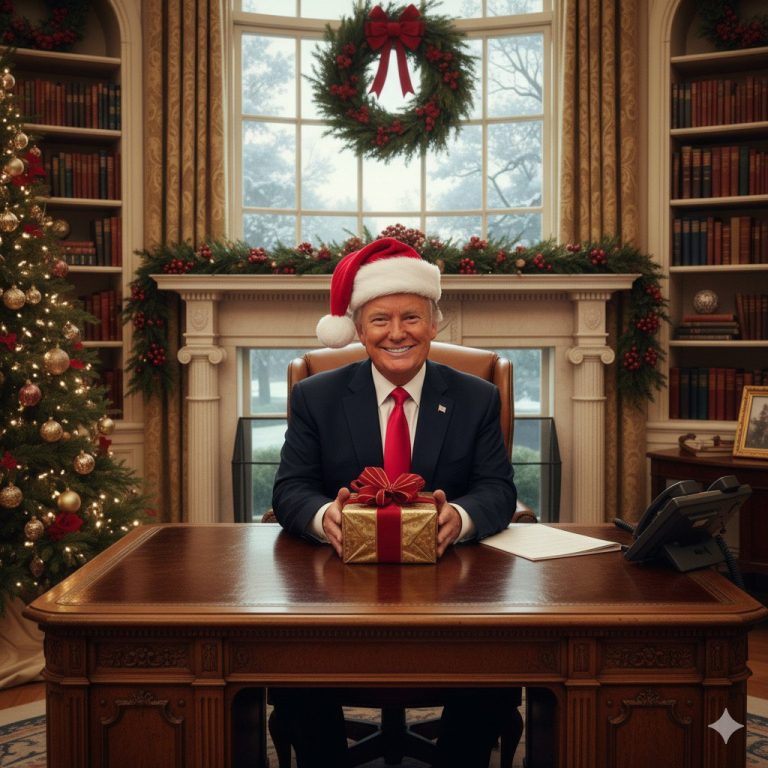
In a dramatic shift in U.S. diplomacy, President Donald Trump welcomed Syria’s interim president Ahmad al-Sharaa to the White House on Monday — the first official visit by a Syrian head of state in nearly fifty years.
The meeting marks a major turning point in Washington’s relationship with Damascus, as the Trump administration seeks to integrate Syria into the U.S.-led international coalition against the Islamic State. This decision follows the recent lifting of long-standing sanctions that had targeted Syria under the Assad family’s decades-long rule.
From Rebel Commander to Head of State
Ahmad al-Sharaa rose to power after leading the rebel movement that toppled Bashar al-Assad’s regime last December. Once considered a militant with alleged ties to al-Qaeda and carrying a U.S. bounty of $10 million, al-Sharaa has since rebranded himself as a reformist figure seeking to rebuild a fractured nation.
President Trump and al-Sharaa first met in Saudi Arabia earlier this year. Trump described the Syrian leader as “a strong, determined fighter — the kind of man who can get things done.”
A Historic Meeting After Decades of Silence
This White House meeting represents the first formal dialogue between the United States and Syria since 2000, when then-President Bill Clinton met with Hafez al-Assad, Bashar’s father.
White House press secretary Karoline Leavitt said the encounter is part of Trump’s ongoing efforts to “engage with any world leader willing to pursue peace.”
Trump recently praised al-Sharaa’s leadership, stating that “remarkable progress” had been achieved in Syria since sanctions were eased. According to senior U.S. officials, Syria’s integration into the anti-ISIS coalition could lead to direct collaboration between American and Syrian military units.

Tensions Remain Inside Syria
Despite these diplomatic developments, conditions within Syria remain tense. Reports by the Foreign Policy Research Institute (FPRI) detail continuing violence and mass killings targeting minority groups such as the Druze, Alawites, and Kurds.
The FPRI warns that Syria’s minority populations “no longer trust Damascus,” citing widespread atrocities that have driven many communities to form independent defense groups or pursue autonomy.
“In southern Syria, the Druze population—once supportive of the revolution—now seeks full independence,” the report says, suggesting a growing threat to Syria’s national unity.
The institute also criticized the interim government for failing to include minority representation in its transitional structure and for omitting constitutional protections for non-Arab and non-Sunni groups.
Lifting Sanctions and the Battle in Congress
Before al-Sharaa’s visit, the United Nations Security Council voted to lift its sanctions on Syria’s new government — a move interpreted by U.S. Ambassador Mike Waltz as “a symbol of a new chapter for Syria.”
However, al-Sharaa’s primary objective in Washington is the permanent repeal of U.S. sanctions under the Caesar Act, which were suspended temporarily by President Trump. A permanent repeal would require approval from Congress.
Two competing proposals have surfaced: one from Senator Jeanne Shaheen advocating an unconditional repeal, and another from Senator Lindsey Graham, calling for periodic human-rights-based reviews.
Critics argue that Graham’s conditional framework would discourage foreign investment in Syria. “It’s like a shadow that paralyzes our recovery,” said Mouaz Moustafa, executive director of the Syrian Emergency Task Force.
A Risky Diplomatic Gamble
Trump’s decision to host a leader once associated with extremist movements is already sparking debate in political and diplomatic circles. Some view it as a strategic move toward stabilizing the Middle East, while others call it a reckless gamble.
The administration maintains that the meeting is a crucial step toward peace and a united front against terrorism. Whether this marks the start of a new U.S.-Syria partnership — or a controversial chapter in American diplomacy — remains to be seen.


